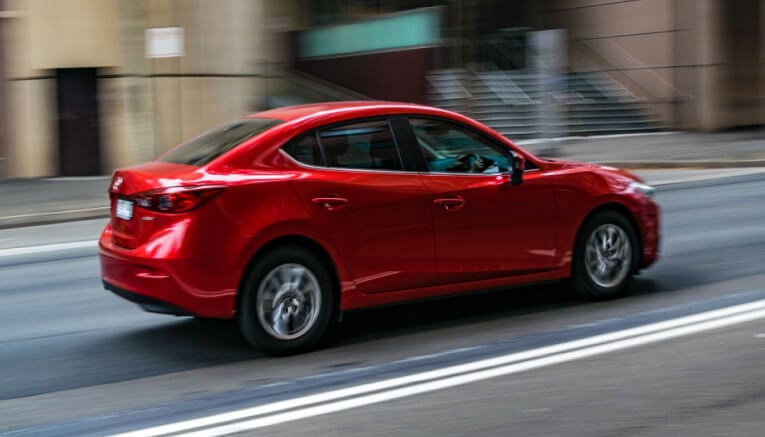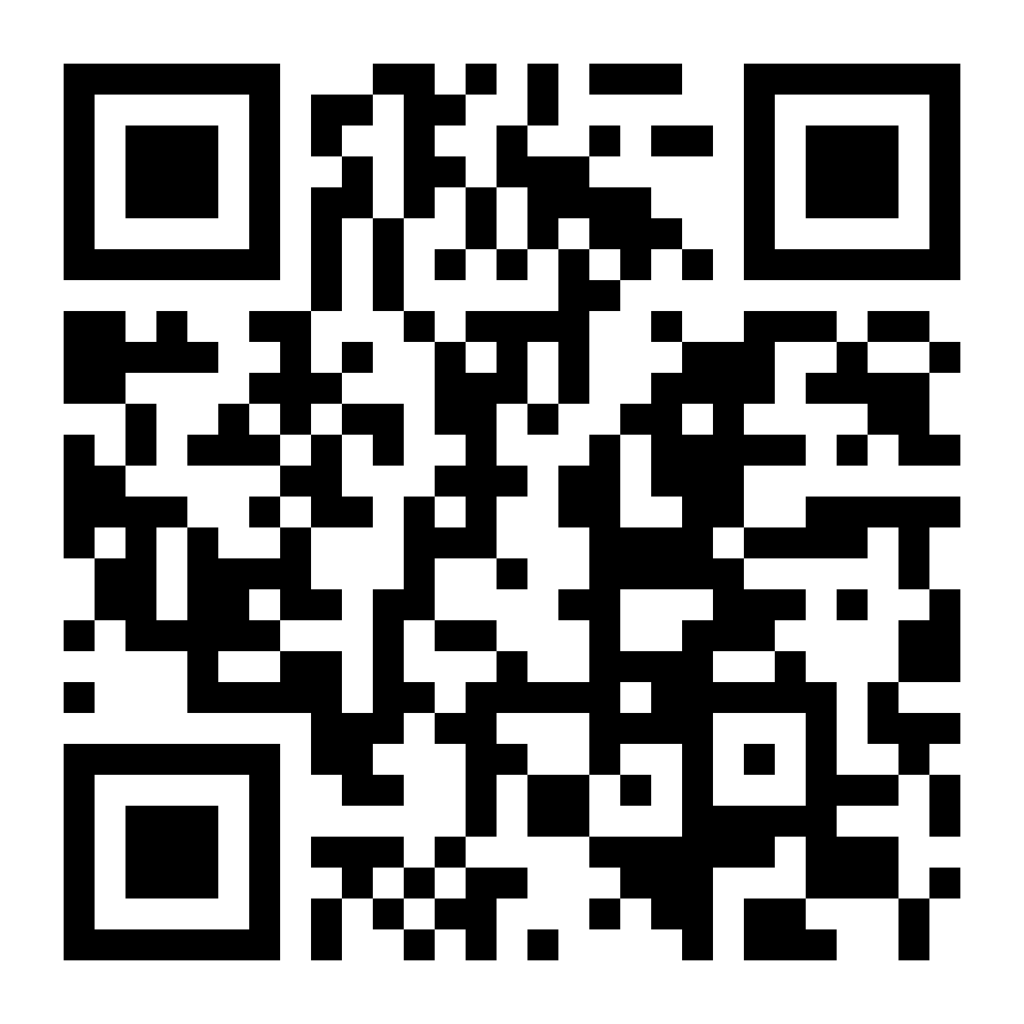While tracking business expenses can feel like a burden, it’s an important aspect of running a successful business. Without proper expense tracking, you risk overpaying on taxes, missing valuable deductions, and creating headaches during tax season.
The good news? With just a little bit of time and even less effort, you can easily and quickly set up a system that makes the whole process simple.
This guide will walk you through everything you need to know about tracking your business expenses effectively for tax purposes.
Related: Employee Expense Reimbursement Explained (Full 2025 Guide)
Why Tracking Business Expenses Matters
The IRS allows businesses to deduct ordinary and necessary expenses from their taxable income, saving many thousands of dollars each year. These deductions directly reduce your taxable income, which means more money stays with you and your business.
Beyond tax savings, proper expense tracking can provide insights into your business’s financial health! Understanding where your money is going can help you make better budgeting decisions and identify areas where you might be overspending.
What Are Some Deductible Business Expenses?
Things like office supplies, software, and services like accounting or legal fees are deductible for most businesses. These types of expenses, when they’re directly related to your business’s operations, should always be tracked.
Marketing and advertising costs (website hosting, social media advertising, print materials, etc.) also qualify as business expenses. Insurance premiums related to your business’s ability to operate (liability, property, etc.) can be deducted as well.
If you want more information on common deductible expenses, check out another one of our recent articles here: Common Tax Deductions To Plan for 2026
How to Track Business Expenses: Setting Up Your Expense Tracking System
While many business owners still prefer the tactile feel of pen-and-paper, we recommend making the switch to a digital solution. These methods are meant to be easy-to-use and accessible to businesses of all sizes.
In addition, digital expense trackers offer features like auto-categorization, cloud backups, and searching capabilities. Plus, you eliminate all those messy stacks of paper!
Related: Expense Report Automation Explained (2025) | How To Automate Your Company’s Expense Management
Selecting the Right Expense Tracking Tool
Expense tracking tools typically grow with one’s business. Many start with paper receipts and spreadsheets, but dedicated software has become the norm for growing organizations.
Here are your basic options depending on your business size and complexity:
- Spreadsheets: Microsoft Excel or Google Docs are great for beginners who manage minimal transactions.
- Basic accounting apps: Perfect for solopreneurs, free lancers, and gig economy workers.
- Dedicated accounting software: These are needed for businesses with inventory, employees, and complex operations.
- Enterprise solutions: Some tools are even more comprehensive. These are typically reserved for multi-location or extremely high-volume businesses.
The types of tools within these categories can vary as well depending on your industry. For example, for organizations with mobile employees, specialized mileage and expense trackers like TripLog over automatic GPS mileage tracking, reimbursement management.
Additionally, many tools like TripLog are designed to work for businesses of any size, from individuals tracking their expenses and mileage tor taxes, to enterprise-scale organizations. To learn more, create a free account or schedule a complimentary demo today!
How to Document Your Expenses (The Right Way)
The IRS requires more than just a record of the amount you spent. You will also need supporting documentation that proves the business purpose of each expense.
What Documentation to Keep
For most expenses, you will need to retain receipts. This is to show the date, amount, vendor name, and what items were purchased.
Bank and credit card statements alone typically aren’t sufficient documentation as they don’t specify what was purchased or the business purpose.
For larger purchases like equipment or vehicles, you should keep additional documentation if you have it – contracts, invoices, proof of payment, correspondence related to the purchase, etc. These items can help to establish business purpose and validate depreciation or Section 179 deductions.
Related: Manual Expense Reports: The Hidden Costs
Establishing Business Purpose
The IRS requires you to demonstrate the business purpose of each and every expense you’re trying to deduct. You should get in the habit of noting the business reason on receipts or in your digital records.
For meals and entertainment (which are partially deductible), document:
- Who attended
- Business topics discussed
- Business relationship to the people present
- Why the expense was necessary for your business
This information can be recorded directly on the receipt if possible, or in a digital note attached to the expense record in your expense tracker. Something like a notebook or calendar will do as well.

Tracking Different Types of Deductible Expenses
Some expense categories require special tracking methods.
Vehicle and Travel Expenses
Vehicle expenses and travel are one of the most commonly audited deductions. If you’re trying to make a claim for vehicle-related expenses, having good documentation is key.
Related: Company Expense Approval Hierarchy Explained | How To Set Up an Approval Hierarchy System
There are several methods for deducting these costs. The two most common ones are using the standard mileage rate or the actual expenses method.
To use the standard mileage rate, you simply need to record your business miles driven. You can then deduct the standard rate per mile off your taxes (currently 70 cents per mile in 2025).
The actual expenses method involves tracking all costs associated with your vehicle and applying the business-use percentage. For either method, you’ll need to maintain a detailed mileage log showing:
- Date of trip
- Start and end locations
- Business purpose
- Total miles driven
Automatic mileage tracker apps like TripLog can capture this information effortlessly, creating IRS-compliant logs that will stand up to audits!
Home Office Deduction
If you use part of your home regularly and exclusively for business, you qualify for the home office deduction. Like with mileage, two calculation methods are available.
You can use the simplified option, which is based solely on the square footage of your home office, or the actual business expenses method. The latter method may provide you with a larger deduction, but requires tracking household expenses like utilities, insurance, maintenance, etc.
Related: How Employees Working From Home Deduct Their Mileage
Common Expense Tracking Mistakes to Avoid
Mixing Personal and Business Finances
Combining business and personal expenses is probably the most common mistake business owners can make. A quick-and-easy solution would be to open separate accounts for your business as soon as possible.
Separate credit cards, checking accounts, and savings accounts create a clear distinction between business and personal finances. When you occasionally use a personal card for business purposes, make sure you document it.
If you’re a sole proprietor, remember that, legally speaking, your business isn’t separate from your personal finances. Still, you should maintain separate accounts for clean recordkeeping.
Procrastinating on Recording Expenses
The longer you wait to record expenses, the more details you’ll likely forget. Try to establish a routine or rhythm for entering transactions, whether daily, weekly, or monthly.
Some business owners choose to spend a few minutes at the end of the day to review that day’s expenses. Perhaps you could block out time each Sunday to process the previous week’s transactions.
Related: How to File a Business Tax Extension
Find what works for you, but stick with a consistent schedule. Many expense apps, including TripLog, offer OCR receipt capture, allowing you to immediately scan receipts into your records after a purchase.
Inadequate Receipt Description
A receipt alone often doesn’t tell the full story of a business expense. Without context, you may later struggle to justify its business purpose.
Take a moment to note specifics – which client the lunch was with, what project the supplies were for, or which property the maintenance was performed on. These details provide important context for tax prep or audits.
Keeping Track of Business Expenses for Taxes – Conclusion
Effective expense tracking is a fundamental business practice. It can save you money, and provide insights into your financial health.
Start with the basics: separate your finances, capture receipts immediately, and establish a consistent categorization system. As your business grows, your expense tracking can evolve to include more sophisticated tools and practices.
If you drive for work or manage a business with mobile employees, a dedicated mileage tracking solution like TripLog can pay for itself many times over! You can download TripLog on iOS or Android today, or schedule a demo for your team.
Thanks for reading!








